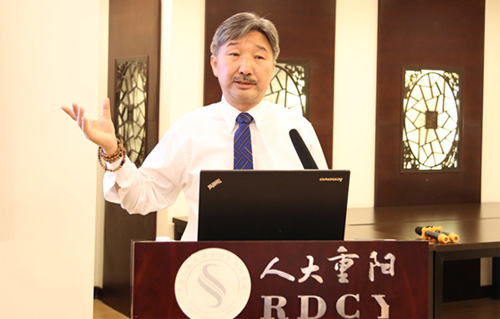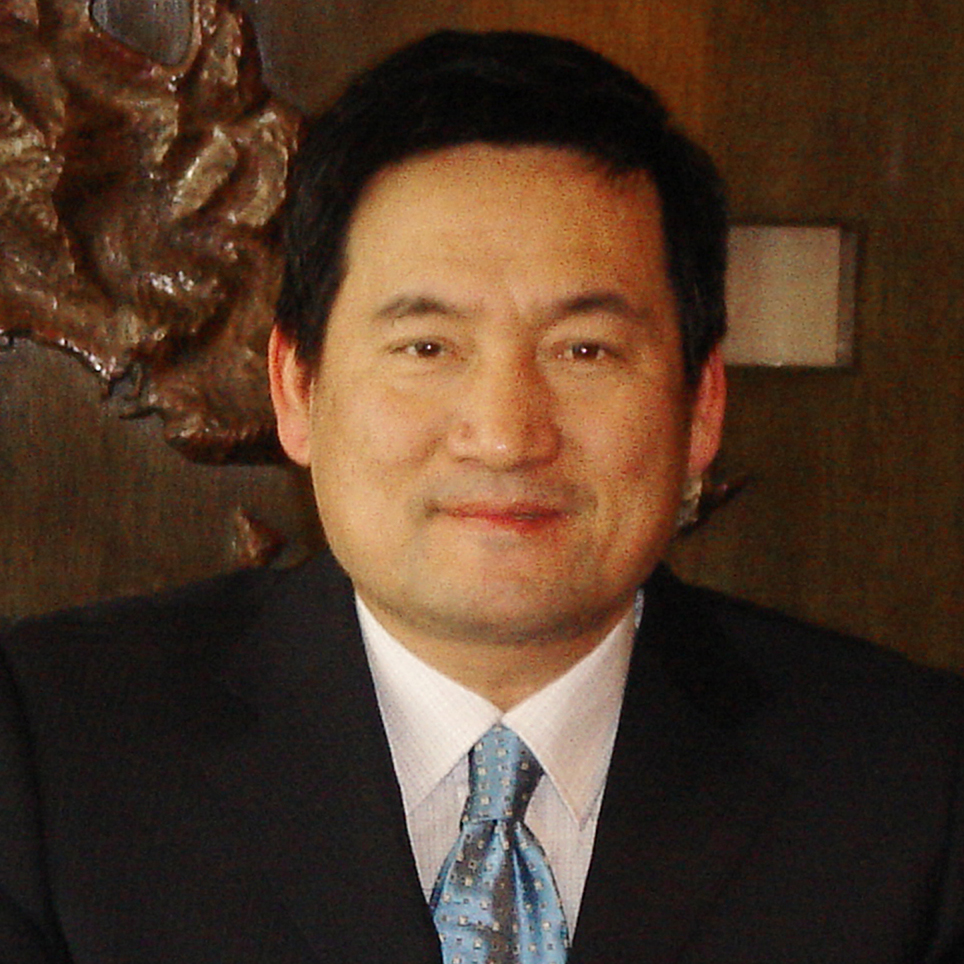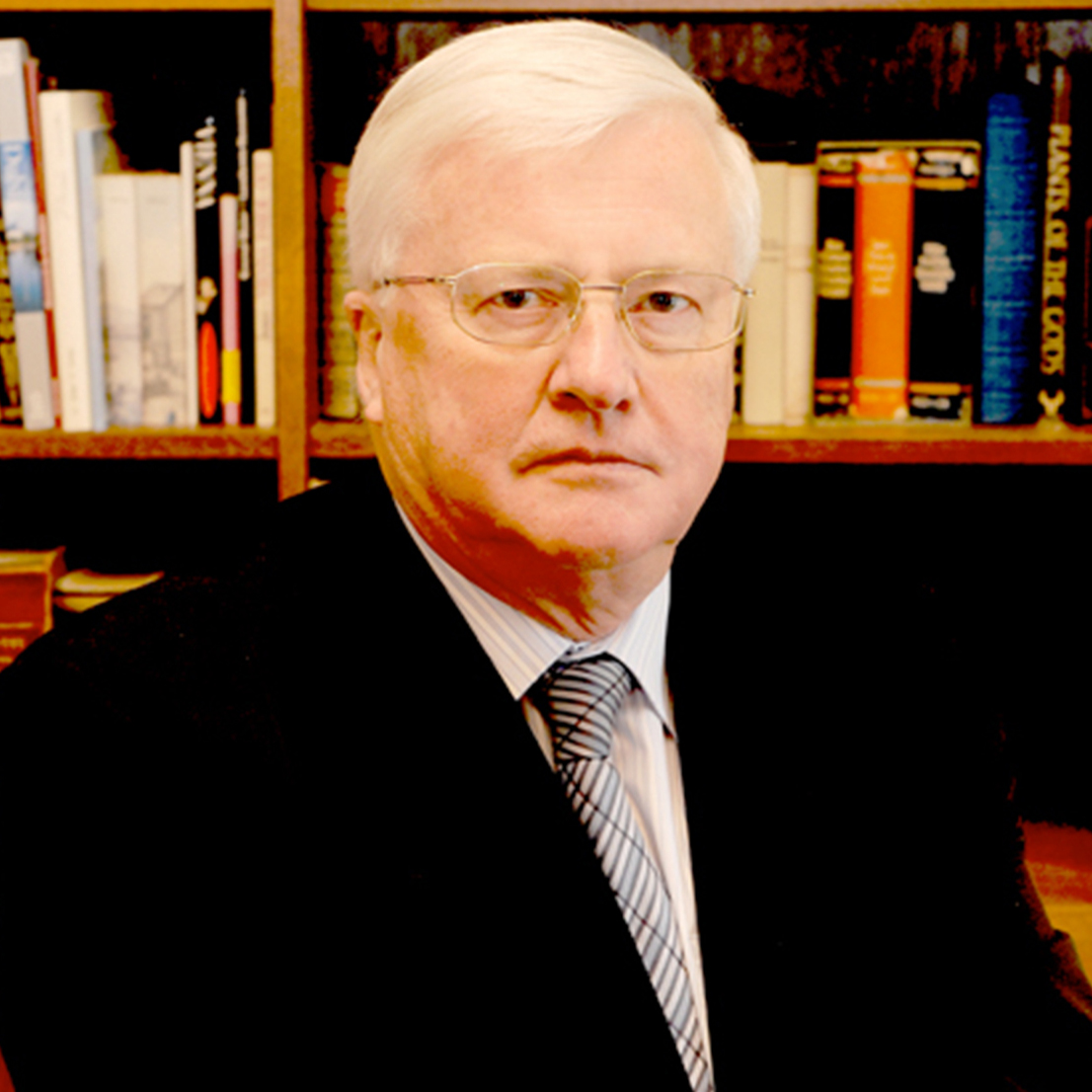LATEST INSIGHTS
Your Present Location: LATEST INSIGHTSOyunbilig: A history of grassland explains the origin of the Prairie Silk Road
On the evening of May 18th, RDCY Seminar Series was held in Chongyang Institute for Financial Studies at Renmin University of China (RDCY). Oyunbilig, executive deputy dean of the School of Chinese Classics of Renmin University of China and well-known professor in the fields of history of Mongolia, Qing Dynasty, and western regions. He mainly elaborated on the grassland transportation and history in the late Ming and early Qing Dynasty. In his opinion, the Prairie Silk Road is not only a simple commercial channel, but also an important route for human civilization and culture exchanges.

Professor Oyunbilig pointed out that the Prairie Silk Road played an important role in the Eurasian transport and east-west cultural exchanges among the ancient Silk Roads. The Prairie Silk Road reached its peak during the Yuan Dynasty period because of Mongolians’ rise and their conquest for Europe and Asia. Centered with Shangdu and Dadu (today’s Beijing), they set up three main roads, and built a developed transportation network that connects the north to Siberia through the desert, west to Europe through the Central Asia, east to the Chinese northeastern and south to the central plains.
Professor Oyunbilig introduced the grand status of the Prairie Silk Road at ancient time through the two major migrations of the Oirats in the 17th century. After the Yuan Dynasty collapsed, the Ming Dynasty and North Yuan formed a confrontational situation. The vitality of the grasslands once again activated Eurasian transport as the Oirats were strong. The first time was the Turtetians among the Oirats migrated to the grasslands of Eastern Europe. The second major migration took place in the 17th. The Heshuote among the Oirats migrated from Xinjiang to the Tibetan Plateau. After the 1730s, the Tibetan Plateau, Central Asia, and the eastern European grasslands between the Volga and Ural River were all under the control of the Oirats.
Mr. Oyunbilig also reviewed four stories of the Qing Dynasty’s diplomatic intercourse through the Prairie Silk Road. First, the story of Averalaitaiji establishing the relationship with the Qing Dynasty and Russia; second, during the separatist period, the Oirats helped Russia to communicate with the Qing Dynasty; third was the diplomatic activities between Torghut and the Qing Dynasty including the Sumtan delegation arrived in Beijing, the delegation of Qing leaded by Yin Zhana arrived the Volga River, the delegation of Qing leaded by Man Tai arrived in Torghut; fourth, the South Camargue delegation arrived in Beijing and Lhasa.
Professor Oyunbilig emphasized two aspects of the Eurasian grassland transport on carrying human civilization and cultural exchanges. The first aspect is that the Oirats controlled the traffic fort of the east-west land transportation in the late Ming Dynasty and early Qing Dynasty, which had an important influence on the Prairie Silk Road and Eurasian transportation. The second aspect is that the Prairie Silk Road controlled by the Oirats carried both mighty exchange of the caravans and capitals and the knowledge exchanges between the eastern and western part of the world. The exchange during this period is not only a political diplomatic activity, but also has the connotation of religious culture.























































































 京公网安备 11010802037854号
京公网安备 11010802037854号





